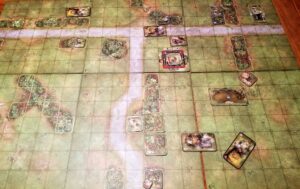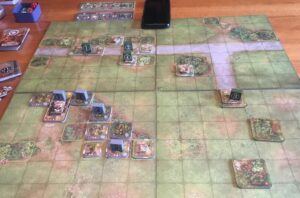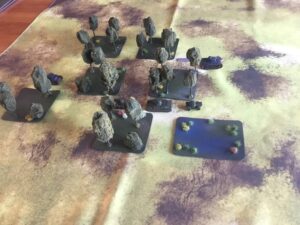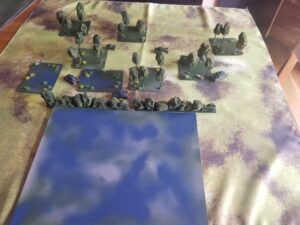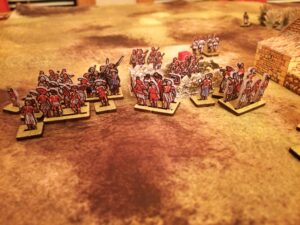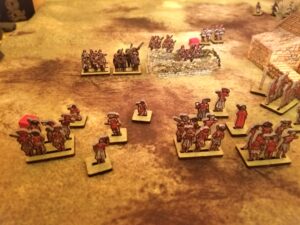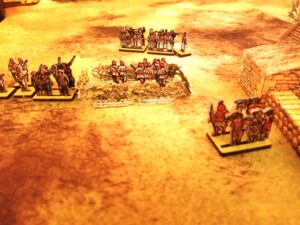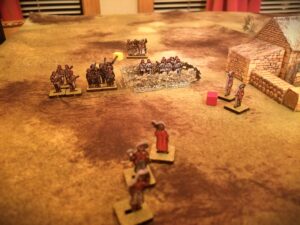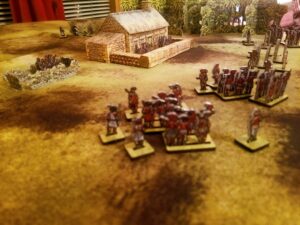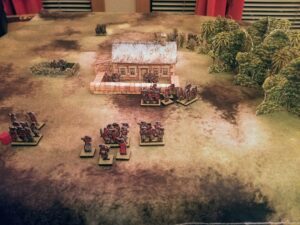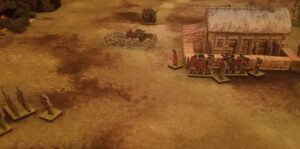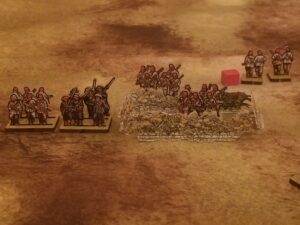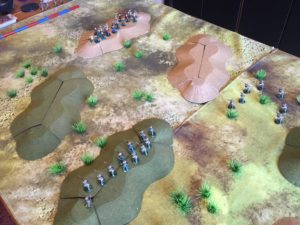Tired, frayed, torn and stained……took out Up Front to get reacquainted before my annual sojourn to The Sunfish Capital Of The World.
I hadn’t opened the battered box for quite a while. Everything was there, including the rules and cards for the Desert War variant. I’m starting a serious hunt for Banzai later today.
I bought the core game and variants back in the 80’s and from the look of the components, I must have either a messy pig, or just played the hell out of them. I want to think it’s the latter.
The reason for the reunion is I need some quick set-up and play games during my stay. Gaming space is limited, and there will be visitors. The dining room table will be for eating, not for board gaming.
Up Front fills that requirement. It plays in about an hour, with soldier card deployment, action deck shuffling, and marker setup taking about ten minutes maximum.
One problem…..the rules. They are more involved than I remembered. But, the time spent reacquainting myself with them, as well as discovering how much I do not remember, has been enjoyable. After all of these years it’s still a unique system.
Started a quick play of the first scenario, and rediscovered how you don’t learn the rules by reading them, but by playing.
The game is not particularly solitaire friendly. Solo systems are out there, but I just keep it simple. Two reasons…. because my memory is shot, and I never look at a discard draw (last action of a player turn) at the time of draw, but wait until it is that side’s turn again. I’ll call it “limited intelligence”.
